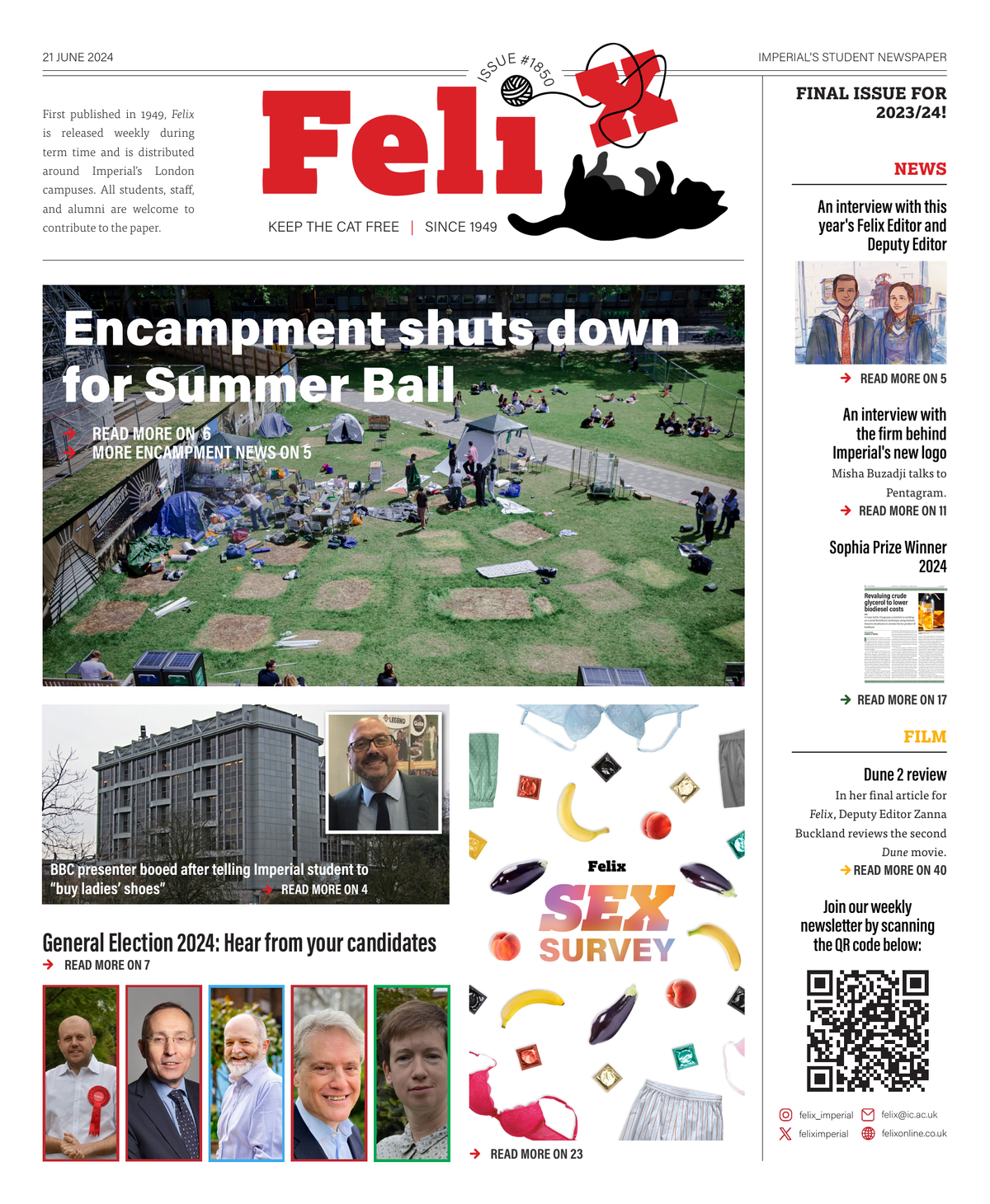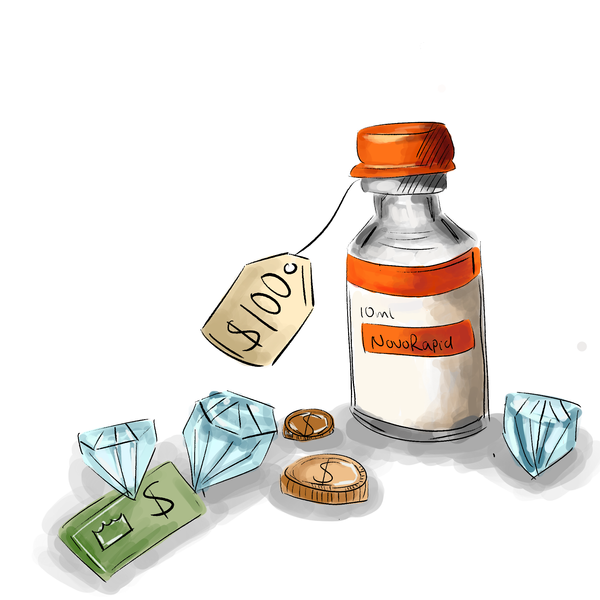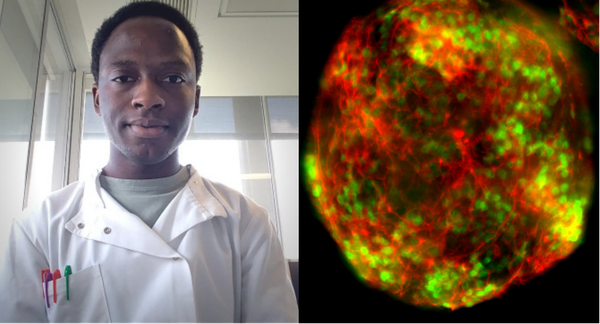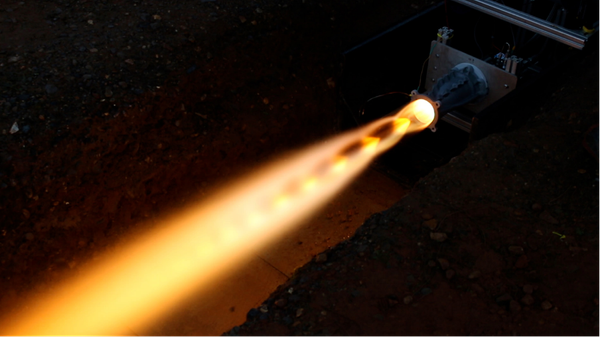Imperial student develops flat-pack homes for earthquake-stricken regions
MEng student Mayar Ariss’ design aims to reduce the impact of humanitarian crises worldwide.
In the last issue of Felix this academic year, I’ve decided to dedicate this article to an inspiring project an Imperial civil engineering student, Mayar Ariss, has been working on with MIT for the last couple of years called the GAMMA relief project. Ariss started the GAMMA relief project in 2023 in response to powerful earthquakes that ravaged through Morocco, Syria and Turkey, which claimed tens of thousands of lives and left countless survivors homeless.

Ariss believes that while emergency services provide immediate relief, they are not long-term solutions to solve such crises. In fact, they are harmful, as they lead to protracted refugee situations where refugees remain in camps much longer than intended.
During his time at MIT, Ariss assembled a team of architects, designers, engineers, and scientists to offer an alternative to the traditional way humanitarian agencies deal with earthquake crises. The team focused on developing disaster relief through the urban design of timber units (flat-packs). These flat-packs can be assembled into shelters in a matter of days and constitute a foundation for expansion and customisation in the mid-long term. One flat-pack costs $69,500 (~£55,000) to produce and can house six to seven people.
After hearing this story, Felix sat down with Ariss to learn more about his motivations behind starting the GAMMA project and the team’s ambition to design sustainable cities of the future.
Seeking a permanent solution
“It all started in February 2023,” Ariss explained, which followed the devastating earthquakes in Syria and Turkey. “Tents provided by organisations like the UN, though essential initially, deteriorated into slums over time – lacking adequate sanitation and security,” Ariss said. “That’s not a permanent solution, it’s a short-term solution.”
His team’s solution is a flat-pack timber unit – reminiscent of IKEA flat-packs – which can provide a new home in just a few days. These units are not only quick to install, they also provide a foundation for sustainable urban development in disaster-stricken regions. “Think of it like assembling a piece of furniture,” Ariss explained. “The nice thing about this is that it’s modular. Each module can be customised and expanded, offering families a dignified living space with the potential for long-term use.”
Two-storey sustainable housing
The modular units designed by the team match the standards set by the UN for humanitarian housing. Each house is a two-storey modular structure made of plywood – which is sustainably sourced timber – and has a surface area of about 86 m². When asked about their choice of material, Ariss answered that “timber is lightweight and absorbs seismic shocks better than concrete, providing safer living conditions during earthquakes.”
On top of sustainable foundations, each unit is equipped with solar panels for energy independence.
“These units are self-sufficient,” Ariss explained. “They include everything from kitchen facilities to bathrooms, reducing reliance on external resources and minimising the strain on local infrastructure.”
Future scope
The scope of the GAMMA Relief project extends beyond the Middle East, with potential applications in regions with refugee camps, namely in Palestine, France, or South America. Fittingly, one of the main advantages of the unit is that it can be shipped worldwide.
Ariss said his team has “engaged with non-governmental organisations and conducted market research in Lebanon and Syria, confirming a substantial demand for our modular units.” “We’ve made strides in reducing costs through efficient manufacturing and assembly processes,” he continued. “However, securing financial backing remains essential to scale our operations and make a tangible impact.” To secure funding for their project, the team has turned to crowdfunding platforms and have currently raised over $3,000.
Looking ahead
As GAMMA Relief prepares to enter its next phase of development, Ariss remains optimistic about the project’s potential impact. “Providing flat-packs not only conveys a message about how natural disasters should be handled, it also presents an alternative vision for the local urban communities. Despite the hostile context of war and destruction, it offers a glimpse into the cities of tomorrow.” To support the GAMMA project, scan the QR code below - which will direct you to the team’s MIT crowdfunding page. The team at Felix wish Mayar and his team the best in their transformative flat-pack housing project.
GAMMA Project: Review
Motivation
The project bridges the gap between providing short-term immediate shelters, and long-term permanent homes which can withstand harsh external conditions. The flat-pack is fully equipped to accommodate an entire family and is capable of making its own energy.
Assembly
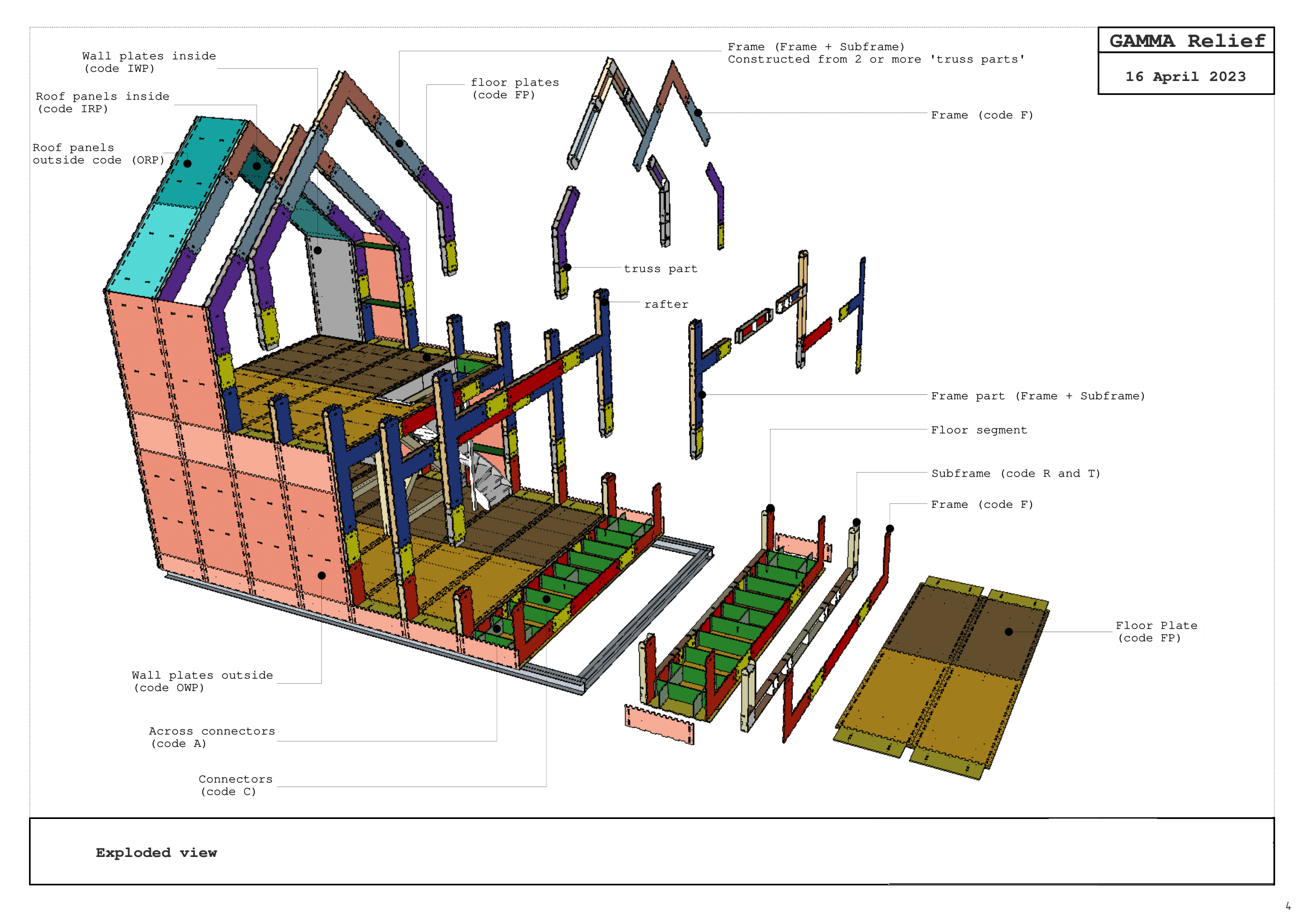
The assembly of the delivered flat-packs would be done by the local population. The team believe a community led approach will foster a sense of ownership and investment in the environment.
“Self-sufficient unit”
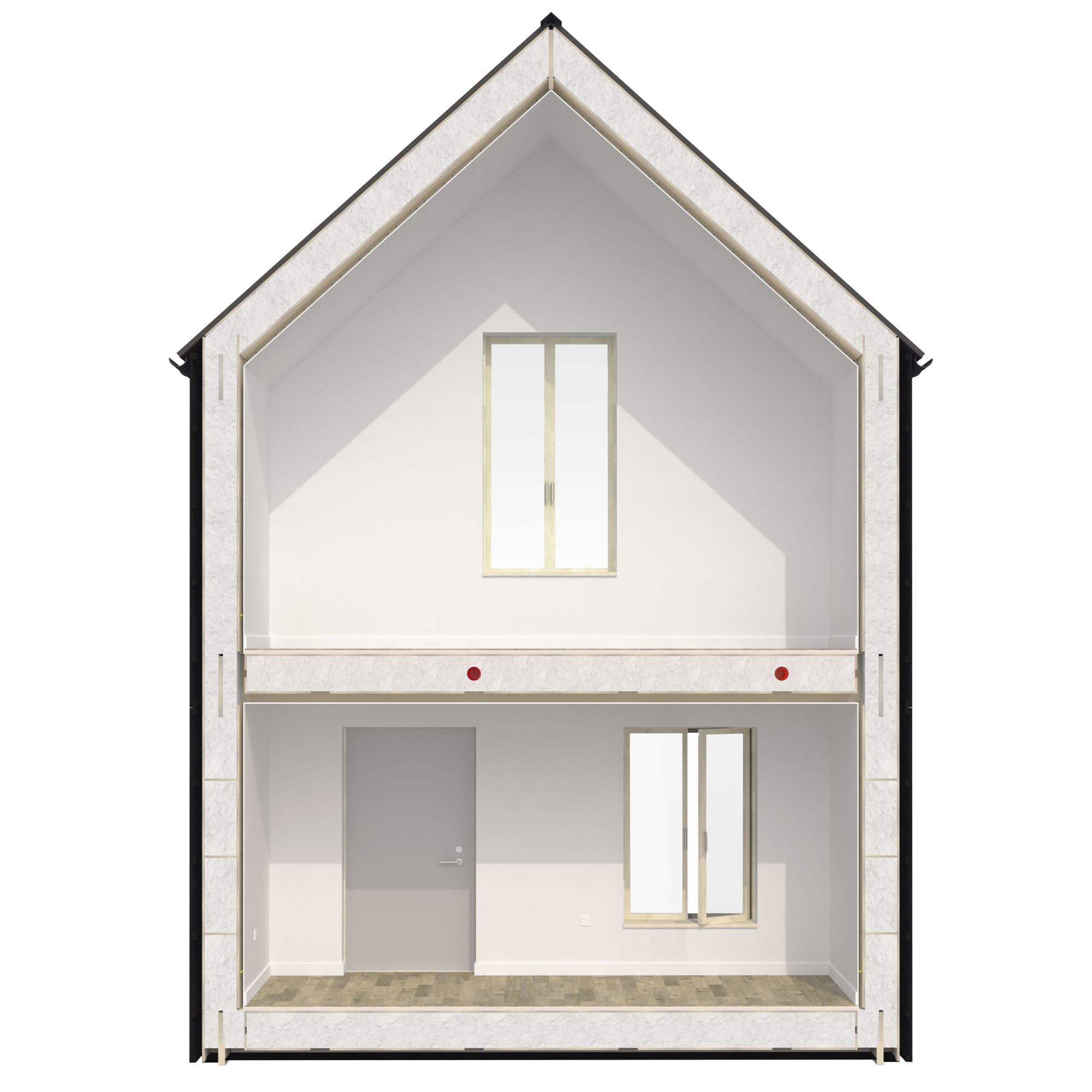
The house is a two-storey modular structure made from a sustainably-sourced plywood, having a total surface area of 86m². Components are digitally fabricated using CNC machines, ensuring millimetre precision during manufacturing. Perfectly cut pieces will create a straight and accurate structure.
Future impact
The team envisage a future with more sustainable housing through their design. Their units are not only appropriate for earthquake affcted regions, but are suitable for refugee camps too.


